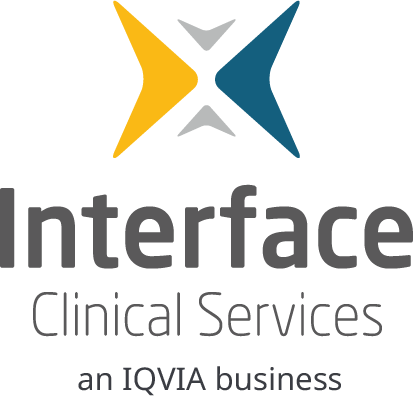Introducing CVD Indicators

Interface can support practices navigate changes to QOF CVD indicators, to drive QOF income and cardiovascular care for your patients
Find out more
Despite advances in cardiovascular disease (CVD) prevention, deep inequalities persist in who is diagnosed, treated, and controlled. With CVD responsible for a quarter of all deaths in England and prevention now a Core20PLUS5 priority, tackling these disparities is essential for both population health and QOF achievement.

These inequalities are not just statistics, they translate directly into avoidable strokes, heart attacks, and premature deaths.
Segment patients by Index of Multiple Deprivation (IMD) score and ethnicity. This helps identify high-risk groups where prescribing rates are low or hypertension control is poor. Platforms like Attend2 CVD Indicators make this process immediate, surfacing treatment gaps by demographic group.
Attend2 CVD integrates IMD score and ethnicity data directly into its dashboards, enabling practices and PCNs to:
This transforms equity from a strategic aspiration into a measurable outcome.
CVD prevention isn’t just about hitting QOF thresholds, it’s about hitting them fairly. By stratifying patient data, tailoring outreach, and addressing barriers to treatment, practices can close long-standing gaps in care. With built-in IMD and ethnicity insights, Attend2 CVD gives primary care teams the tools to make equity a reality, improving QOF performance while reducing avoidable cardiovascular events.

Interface can support practices navigate changes to QOF CVD indicators, to drive QOF income and cardiovascular care for your patients
Find out more